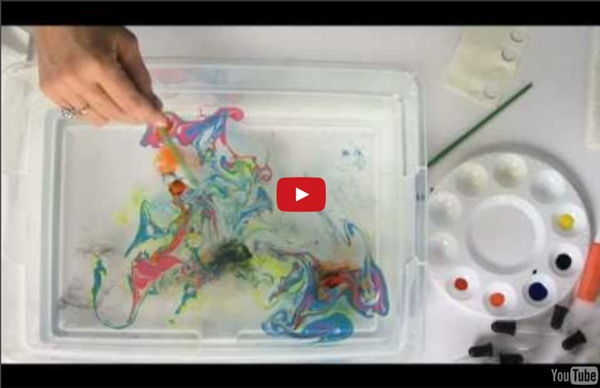



Grade 7 Sketch #1 Color Practice Element of Art: Color Principle of Design: Contrast Draw the shape 10 times. Chose a simple shape that is easy to draw. The three primary colorsThe six intermediate colores.Three to five warm colorsTriadic colorsA gradual change from a dark vale to a light value, The threee secondary colorsAnalogous colorsThree to five cool colorsComplementary colorsThe color spectrum (ROY G BiV) How you apply the color within each shape is up to you: be creative! Journal ideas: which is your favorite shape and color scheme? Sketch #2 Circles Element of Art: Line Principle of Design: Movement List five round objects that can be drawn in a way that shows movement. Make a simple drawing of each one you have listed. Journal idea: Add captions to each drawing. Sketch #3 Crosshatch value scale & drawing Element of Art: Line, Value, Form Create ten-point value scale using crosshatched lines. Underneath the value scale, draw a large fruit or a vegetable. Sketch #4 Texture See sample solution
The Elements of Art Olive Trees with Yellow Sky and Sun by Vincent VanGogh While exploring one of my favorite Art websites, About.com:Art History, I came across a great explanation of the “Elements of Art”. The author uses the analogy of the Elements of Art being like the “building blocks” that artists use to create their artwork. Similar to how different atoms combine to form other things (ex. hydrogen and oxygen combine to form H2O), the artist combines some or all of the Elements of Art (line, shape, form, space, texture, value, color) to create his painting, drawing, sculpture, etc. Teaching your students about the Elements of Art will give you a common vocabulary with which to talk about Art, whether it be student work or the work of a master from long ago. Check out About.com:Art History for the full story, complete with links that explain each of the elements.
Where Do I Begin? This Blog Saturday, June 18, 2011 Where Do I Begin? When faced with a writing project, I always have a tough time actually getting started. As you move into the classrooms you notice our belief in the workshop model, building strong relationships through developing a community of learners and actively engaging students in creating meaning and deeper understandings. We encourage students to move out of their comfort zone, challenge themselves, take risks and reflect on what they are learning about themselves as learners. In all of my years of teaching (this will be my 18th year), I have never felt like my personal philosophy matched the philosophy of the school I taught at so well. Posted by Jill Fisch at 9:41 AM Email ThisBlogThis! Labels: philosophy, Renaissance 31 comments: AnnJune 18, 2011 at 5:04 PMWow, looks like a great place to learn. Load more... Links to this post Create a Link Newer PostHome